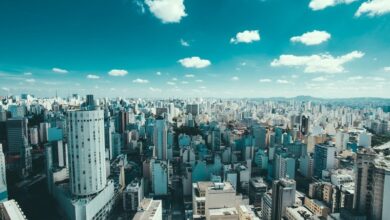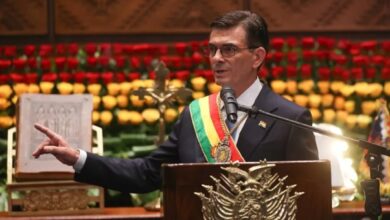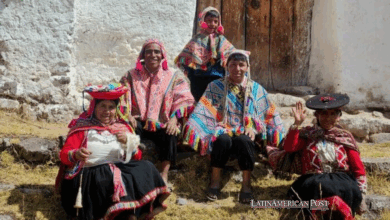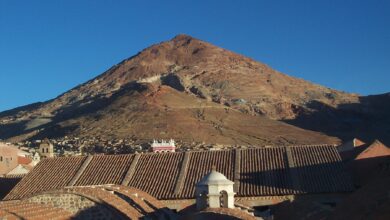Bolivian glaciers threatened by mining
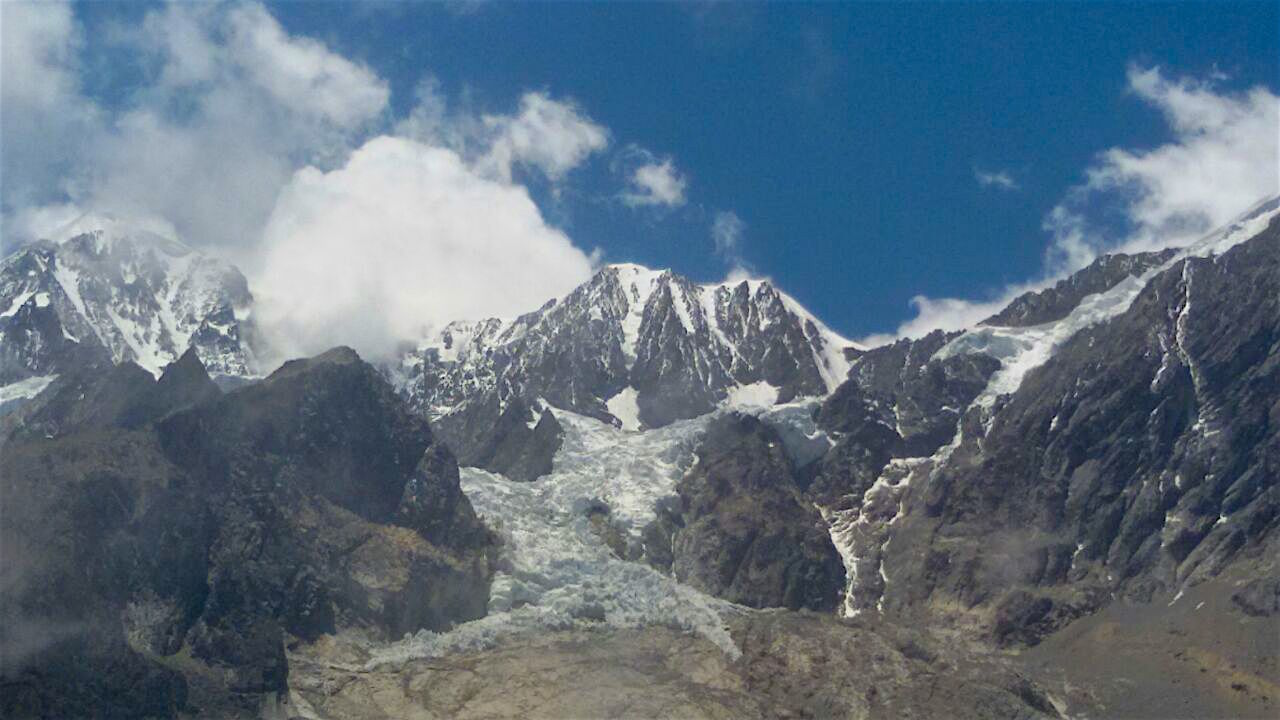

Illimani is the highest mountain in the Cordillera Real of western Bolivia and is part of the Cordillera Oriental of the Andes. It lies near the city of La Paz and El Alto and it is the second highest peak in the South American country with a height of 6,462 meters above sea level.
Even after being declared as a National Heritage Site in 2012 and suposedly under protection, an investigation by the Bolivian Documentation and Information Center (CEDIB) showed there was illegal mining projects in the region. In fact, 17,226 hectares of land in the Illimani have mining permits, including some of the mount’s glaciers.
They published their findings in November 2016 and created a map showing where these mining sites were located.
Nonetheless, Bolivian Mining Minister, Cesar Navarro, discredited their findings saying the ONG used dated information. He denied the existence of mining in the mount and only recognized two contracts of the state company Coroporación Minera de Bolivia (Comibol) with Bolsa Negra and Cerro Negro cooperatives.
However, CEDIB used the most updated data (2014) officially given by the Autoridad Jurisdiccional Administrativa Minera (AJAM).
More so, their research found mining permits in the region between the Cordillera Real and Apolabamba which is home to a chain of glaciers and mounts that are of great importance to the Bolivian people as they are the main source of potable water.
“There are legal permits in basically all the surrounding areas of glaciers,” told Mongabay Latam CEDIB’s director, Marco Antonio Gandarillas.
Mining can bring health issues to local communities as water can be polluted with mercury. More so, climate change has also affected the region. Since the 1980’s the Bolivian Andean region has lost between 27%-37% of its glaciers. This threatens water availability in the future for communities and agriculture in the region.
After admiring some of the concessions, Navarro announced that this year the government will monitor mining activities in the area and determined which ones are still functioning. Nonetheless, the minister didn’t announce if their goal is to prevent the pollution of waters.
LatinAmerican Post | Maria Andrea Marquez

